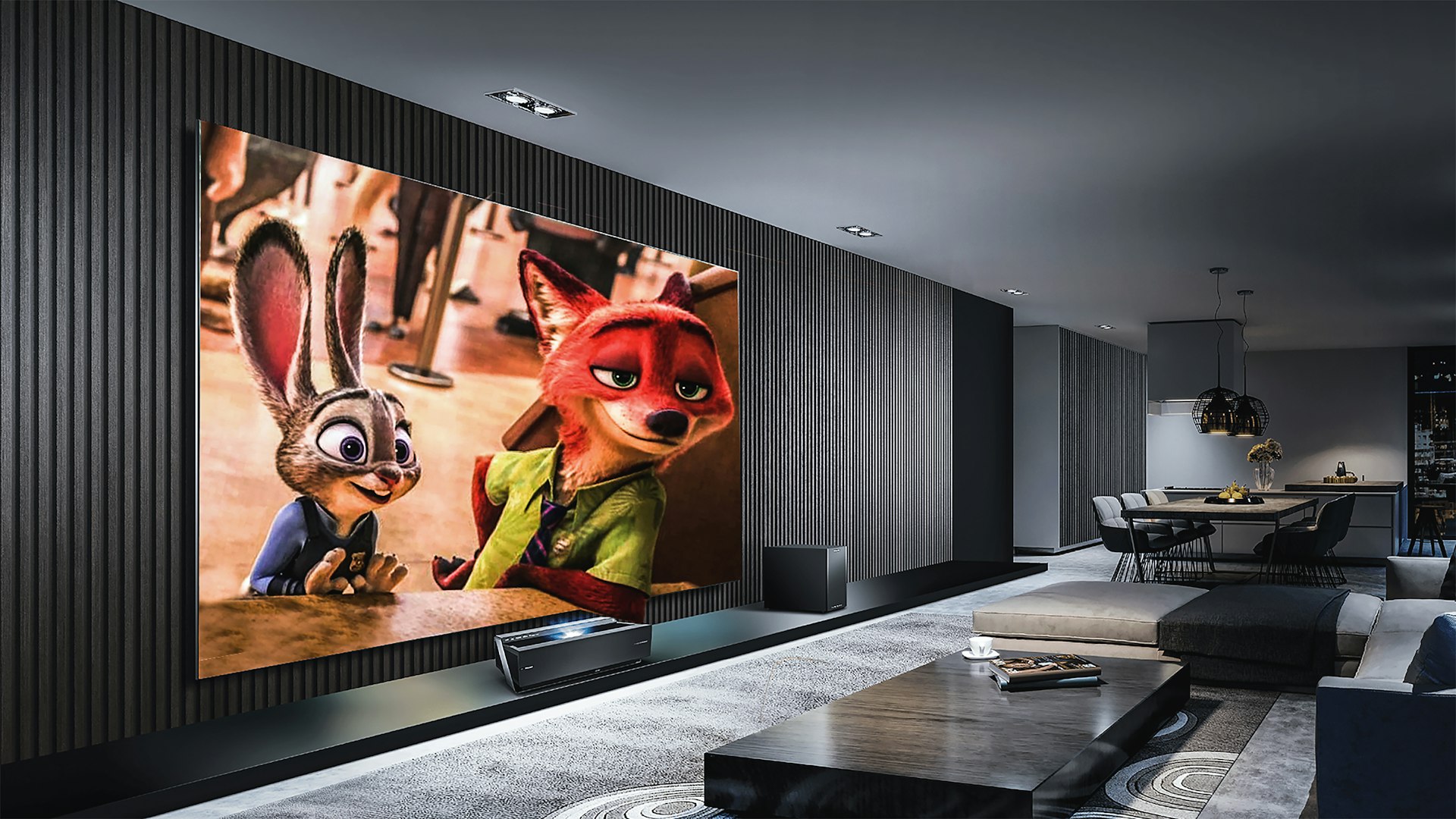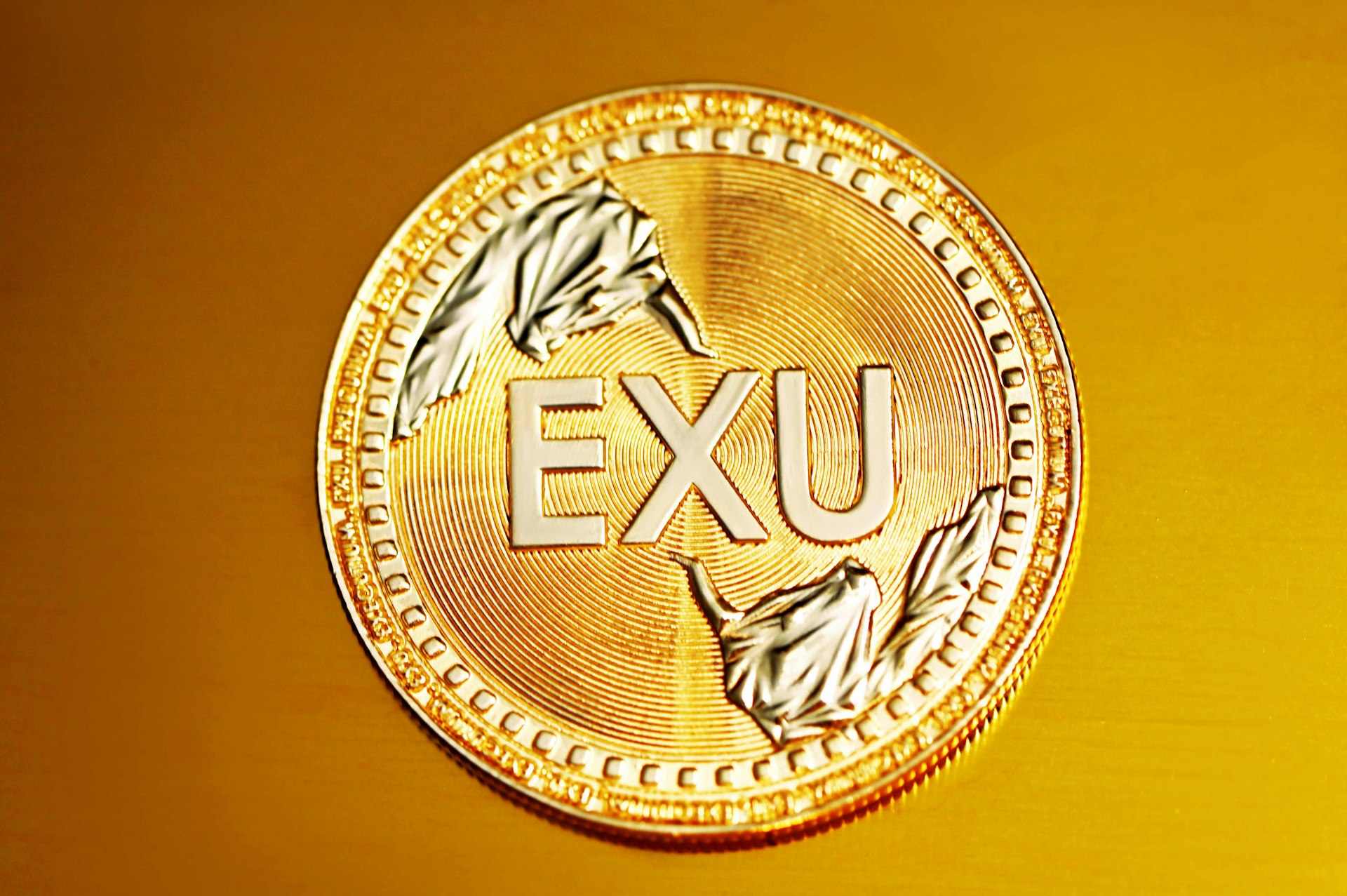Unlocking New Value: How Digital Collectibles Are Transforming the Music Industry

Photo by Brett Jordan on Unsplash
Introduction: The Rise of Digital Collectibles in Music
Digital collectibles-also known as NFTs (Non-Fungible Tokens)-are rapidly reshaping the music industry. From independent artists to major labels, musicians are embracing blockchain-powered digital assets to connect directly with fans, unlock new revenue streams, and offer unique, exclusive content. If you’re an artist, fan, or industry professional, understanding this evolving landscape is crucial for maximizing opportunities and staying ahead of the curve.
What Are Digital Collectibles in Music?
Digital collectibles in music are unique, blockchain-verified assets that represent ownership of exclusive songs, albums, artwork, concert experiences, or memorabilia. Unlike streaming, where you access but never truly own the music, digital collectibles give fans a verifiable, tradable stake in the artist’s creative output. Each collectible is tied to a digital certificate of authenticity, ensuring its uniqueness and provenance. [1] For artists, this means more control, direct-to-fan sales, and new ways to reward loyal supporters.
How Artists and Fans Benefit from Digital Collectibles
Digital collectibles offer several key benefits for both musicians and their audiences:
- Direct Revenue: Artists can sell music, artwork, tickets, or experiences directly to fans, bypassing traditional intermediaries and keeping a larger share of earnings. [3]
- Exclusive Access: Many collectibles come bundled with perks-backstage passes, unreleased tracks, or virtual meet-and-greets-creating new forms of fan engagement. [1]
- Royalties and Resale: Smart contracts can automate royalty payments, ensuring artists are compensated anytime their collectible is resold on secondary markets. [1]
- Provenance and Authenticity: Blockchain records prove ownership and originality, protecting against unauthorized copying or counterfeiting. [4]
Real-World Examples of Digital Collectibles in Music
Several high-profile artists and projects have demonstrated the potential of digital collectibles:
- Grimes’ WarNymph Collection: In 2021, Grimes sold a series of animated digital artworks and music through Nifty Gateway, reportedly making millions in a matter of days. These collectibles became viral talking points and showcased the blending of visual art and music. [1]
- 3LAU’s $11.7 Million NFT Album Sale: Electronic artist 3LAU auctioned off digital collectibles tied to his album, generating over $11 million in just one weekend. Buyers received unique musical experiences, custom songs, and special edition physical items. [3]
- Coachella’s NFT Festival Passes: The iconic festival offered digital collectibles granting lifetime access and exclusive on-site experiences, illustrating the use of NFTs as both memorabilia and utility. [2]
- Kings of Leon’s NFT Album: The band sold their album as a digital collectible, including perks like limited-edition vinyl and show access. This model gave fans unique incentives beyond streaming. [4]
These examples demonstrate that digital collectibles are not just hype-they provide real, monetizable value for artists and authentic ownership experiences for fans.
Getting Started: How to Access Digital Collectible Opportunities
If you’re interested in purchasing or creating digital collectibles in music, follow these steps:
-
For Artists:
- Research NFT Platforms: Look for reputable NFT marketplaces that specialize in music. Examples include Nifty Gateway, SuperRare, Catalog, and OpenSea. Be sure to visit each platform’s official website and review their submission guidelines.
- Prepare Your Content: Decide what you want to offer-exclusive tracks, artwork, concert experiences, or bundled packages. Ensure you hold the rights to all content you plan to sell.
- Set Up a Digital Wallet: You’ll need a crypto wallet (such as MetaMask) to interact with NFT platforms and receive payments. Only download wallets from official sources, and enable security features like two-factor authentication.
- Mint and List Your Collectibles: Follow the platform’s instructions to mint (create) your NFT and list it for sale. Set your royalty percentage for secondary sales if the platform allows.
- Promote Your Drop: Announce your release on social media and mailing lists to drive interest and maximize sales.
-
For Fans and Collectors:
- Create a Crypto Wallet: Research the best wallets for NFT purchases and set one up using official documentation. Fund your wallet with the required cryptocurrency (often Ethereum).
- Browse Verified NFT Marketplaces: Use official platforms like OpenSea, Nifty Gateway, or Catalog. Always double-check that you are on the correct, verified URL.
- Purchase Collectibles: Follow the marketplace’s process to buy digital collectibles from your favorite artists. Look for offerings that come with extra perks such as exclusive content, physical merchandise, or VIP access.
- Store and Showcase: Once purchased, your digital collectible will appear in your wallet. Some platforms allow you to display your collection or trade with others.
Always use caution-verify platform authenticity and be mindful of scams. If unsure, seek guidance in official community forums or help centers of the NFT platforms you’re considering.
Challenges and Solutions in Digital Collectibles
While digital collectibles offer exciting opportunities, there are challenges to consider:
- Market Volatility: Cryptocurrency prices and NFT demand can fluctuate. Artists and buyers should be aware of risks and avoid overspending.
- Intellectual Property: Only sell or buy collectibles from verified artists to avoid copyright disputes. Marketplaces with artist verification protocols-like Catalog-help minimize fraud. [2]
- Environmental Concerns: Most NFTs are minted on blockchains that use significant energy. Some platforms are moving to more sustainable blockchain networks. If this is important to you, consider using platforms that publicize green initiatives or use proof-of-stake protocols.
- Accessibility: The process of setting up wallets and buying crypto can be daunting for newcomers. Step-by-step guides are usually available on official NFT platform websites. If you need help, search for “[Platform Name] getting started guide” or visit official support pages for detailed instructions.
As the technology matures, solutions like user-friendly onboarding, improved verification, and greener blockchains are emerging.
Alternative Approaches: Beyond NFTs
While NFTs are the dominant form of digital music collectibles, other blockchain-driven models are being tested:
- Fan Tokens: Some artists and labels issue tokens that grant holders access to voting rights, exclusive content, or merchandise discounts. These are often available on cryptocurrency exchanges or specialized fan engagement platforms.
- Blockchain Royalties: Platforms are experimenting with smart contracts that automate royalty splits for songwriters and collaborators, increasing transparency and efficiency.
- Hybrid Collectibles: Combining physical items (like vinyl records or concert tickets) with digital NFTs is becoming more common, offering fans a bridge between the digital and physical music worlds. [4]
If you wish to explore these alternatives, search for “music fan tokens” or “blockchain royalty platforms” and review offerings from established, well-reviewed companies.
Key Takeaways and Getting Involved
The music industry’s embrace of digital collectibles is unlocking new value for creators and fans alike. By offering authentic ownership, exclusive access, and new monetization models, this technology is democratizing music distribution and fan engagement. If you’re an artist, consider researching reputable NFT marketplaces and reviewing their official documentation before launching your own collectibles. As a fan, prioritize platforms with verified artist profiles and clear buyer protections. For both, staying informed about best practices, platform updates, and market trends is essential for making the most of this evolving opportunity.

Photo by Miriana Dorobanțu on Unsplash



